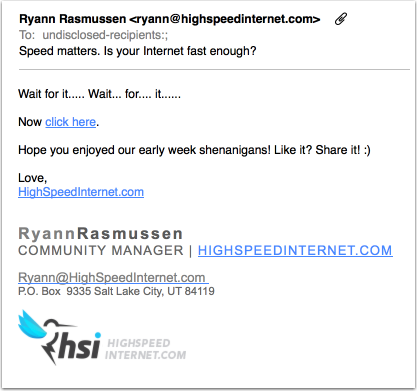Stop telling me how great Spamarrest is
Late last year, Al wrote a piece discussing how Spamarrest lost a court case. In the comments on that piece I described how much I really detest Spamarrest because of all the spam I get from Spamarrest users. Every few weeks, someone notices that post again and points it out to Spamarrest users who then come over here to tell me how wonderful Spamarrest is for them.
I Get It. You like Spamarrest because it keeps spam out of your inbox.
The problem is Spamarrest (and any other challenge response setup) contributes to spam in my inbox. I have addresses that get forged into spam all the time. When that happens, I get dozens of Spamarrest challenges, clogging up MY inbox.
I don’t want to do your spam filtering for you. I really don’t. And if you ask me if you should receive a piece of email, I am going to tell you yes. I did that for a while; when I got a challenge from someone I’d answer it in the affirmative. Eventually I got tired of it and sent all mail from @spamarrest.com to /dev/null.
Am I missing out on corresponding with some brilliant and wonderful people? Maybe. But from my perspective, 100% of the confirmation requests I receive from Spamarrest are spam. I’m just thankful that Spamarrest makes it easy to identify and throw away their requests so I don’t have to handle someone else’s spam load in addition to my own.
This is a long way to say I’m closing comments on the older Spamarrest post, so don’t bother telling me what a great spam filter it is. The same thing that makes it a great spam filter for you makes it a total source of spam for me.
